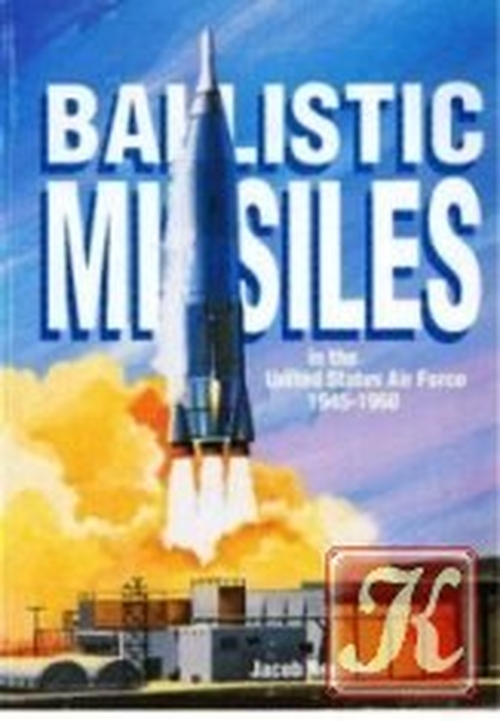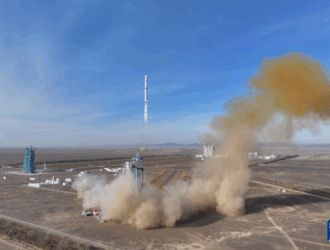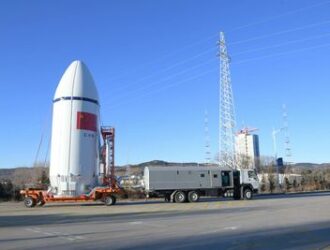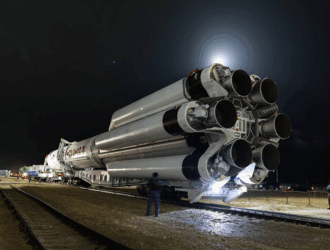
Following World War II, the onset of nuclear weapons, long-range jet bombers, and ballistic missiles radically changed American foreign policy and military strategy.
The United States Air Force, led by men of far-sighted vision and uncommon dedication, accepted the challenge of organizing and leading a massive research and development effort to build ballistic missiles.
In the quarter of the century since, these weapons have constituted one of the tree legs of the strategic triad, the basis of America’s strategy of deterring nuclear war, yet they have received less attention from the public and within the Air Force than the more glamorous manned bombers of the Strategic Air Command or the missile-launching submarines of the U.S. Navy. This volume attempts to correct the imbalance by telling the story of development of Air Force ballistic Missiles. It concentrates on the first generation of ballistic missiles: the intercontinental Atlas and Titan, and the intermediate range Thor. Although the effort to develop rockets has a longer history than commonly assumed, the modern history spans the relatively short era from 1945 to 1960. During this brief interval, missiles advanced from drawing board to alert status, where the next generation now remains poised to deter war.



